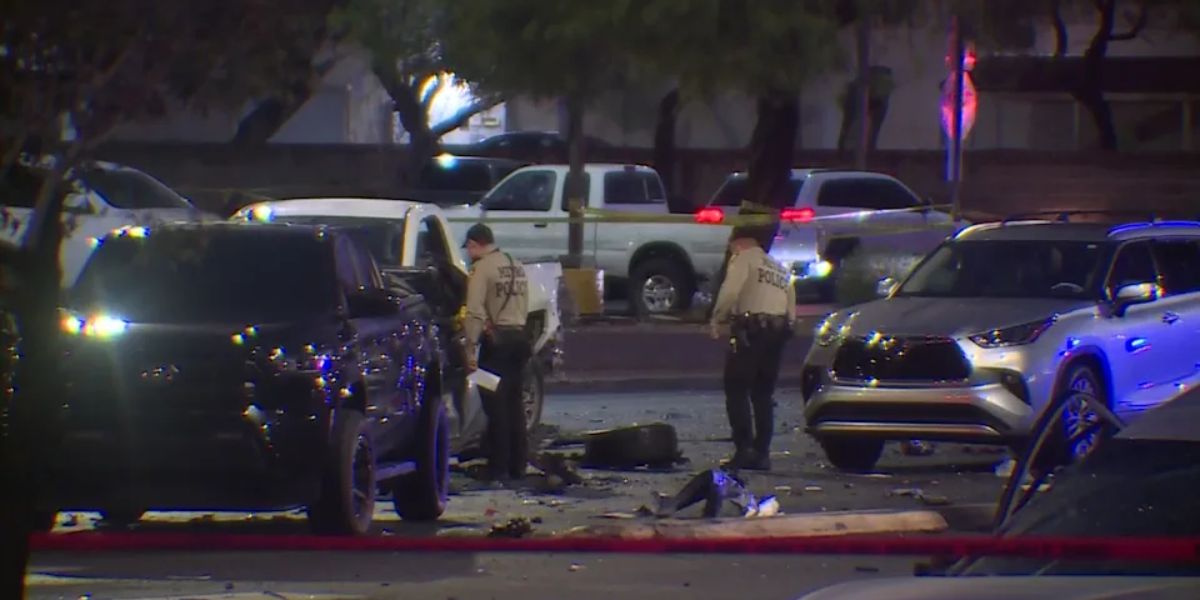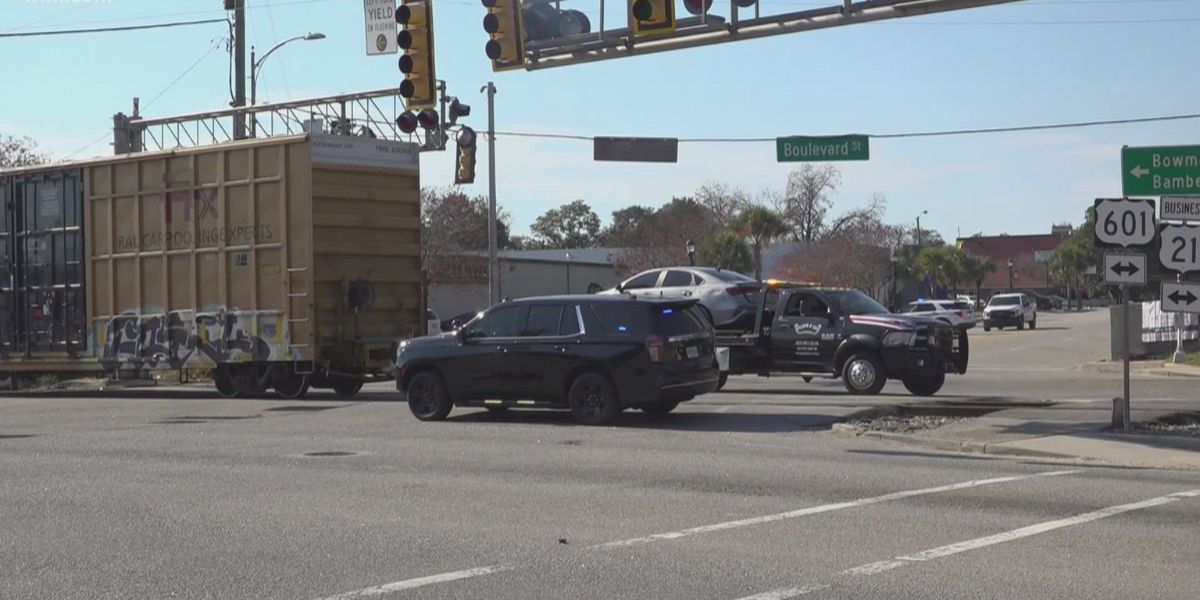Regarding American law enforcement practices, the “No Contact Apprehension Policy” is a crucial and sensitive subject.
In situations where law enforcement officers must avoid direct physical contact, particularly when attempting to apprehend a suspect or individual, this rule primarily applies.
While the overall concept of this policy can be implemented by law enforcement agencies across the country, the specific implementation will be dictated by state and local laws.
Let’s look at how this approach works in practice and if it can be successfully used in the US.
How does the “No Contact Apprehension Policy” work?
Generally speaking, the phrase “No Contact Apprehension Policy” describes the procedures and strategies that instruct law enforcement officers to avoid making immediate physical contact with individuals when it is either risky or unnecessary.
This holds particular significance in high-risk situations, such as apprehending dangerous suspects, pursuing individuals, or situations where there is a high probability of violence.
The main goal of this policy is to ensure the safety of the officers and all parties by settling disputes peacefully and avoiding needless physical confrontations.
Does It Concern the United States?
The United States can apply the No Contact Apprehension Policy, albeit specific methods and its execution may vary by state.
To address certain circumstances where it is preferable to avoid physical contact, law enforcement agencies may have their own versions of this guideline, depending on the state or locality.
While there isn’t currently a “No Contact Apprehension Policy” in the United States, other jurisdictions employ similar automated traffic enforcement strategies.
Speed and red-light cameras are examples of automated systems that many states and municipalities have put in place to enforce traffic laws.
Upon capturing images or videos of vehicles violating the law, these systems mail citations to the registered owners.
Where Does It Get Used Most Often?
- High-Risk Arrests: When prosecuting dangerous criminals, especially those suspected of carrying weapons, police enforcement may employ this tactic. Officers can bring in specialized teams like SWAT or use non-lethal methods to restrain the person instead of facing them directly.
- Chases and Pursuits: When suspects flee from law enforcement, a No Contact Apprehension Policy may be put in place to prevent officers from following them on foot, which could lead to dangerous situations or accidents. It may also include avoiding fast-paced driving activities that pose a risk to public safety.
- De-escalation: When an individual appears to be mentally ill or emotionally unstable, the policy may specify that officers must avoid direct contact. Alternatively, they may use alternative tactics such as negotiating, deploying crisis intervention teams, or using technology such as drones to monitor the situation.
There are challenges in implementing the No Contact Apprehension policy.
There are disadvantages to the policy despite its safety benefits:
- The policy’s detractors claim that it can occasionally make officers reluctant to take action when prompt action is needed.
- Lost Chances: If police officers focus too heavily on avoiding direct contact in high-risk circumstances, they could miss opportunities to capture a suspect or prevent the violence from getting worse.
- Training and Resources: Law enforcement agencies must ensure that officers receive the training they need in order to understand and implement this policy. This entails knowing when to use non-lethal methods or technology to solve issues.
To Conclude
Undoubtedly, the No Contact Apprehension Policy is applicable in the United States; but, the specific law enforcement agency and the specifics of each case determine how it is applied.
Reducing violent altercations and focusing on safer and more effective crisis management strategies are its main objectives. However, like any policies, it has its own set of problems and criticisms.
Even though the term “No Contact Apprehension Policy” is not frequently used in the United States, automated traffic enforcement systems do apply the concept of enforcing traffic laws without direct interaction.
There is ongoing debate on the utility, equity, and role of these technologies in traffic law enforcement, which is reflected in the differing degrees of acceptance and adoption.








